OUR FOUNDER HOWARD WEINSTEIN
Howard Weinstein explains more about Solar Ear in a video for Tech Awards, award won in the 2009 Economic Development category.
INTRODUCING SOLAR-POWERED HEARING AIDS
BY NEWSWEEK STAFF 5/3/08 AT 10:31 AM
It’s a long way from Montreal to Otse, a speck of a town in the backcountry of Botswana. But Howard Weinstein, 57, is glad he made the journey. When he first arrived in this parched community of 3,500 at the edge of the Kalahari desert five years ago, the retired Canadian business executive knew it would be no holiday. All the same, Weinstein just took a deep breath; all he wanted was a place where he could put his life back together. The civic group World University Service of Canada had sent him to Otse. His mission was to set up a company that would provide affordable hearing aids to partially deaf Africans. Just one problem: in African terms there was no such thing as an affordable hearing aid. The people in Otse didn’t seem able to afford much of anything at all. “My office was a single room with a couple chairs and no staff,” Weinstein recalls. “We were starting from zero.” It was exactly what he was looking for.
The first hurdle was technology. Back home in Canada, Weinstein had made a pile of money in the plumbing business. He could tell you everything about bushings and bidets—but he didn’t know the first thing about audiology. “I didn’t know a decibel from Tinkerbell,” he says. Even so, he didn’t need a degree in physiology to understand the scope of the problem. The World Health Organization says there are roughly 250 million hearing-impaired people around the globe, with two thirds of them living in developing nations. And yet every year fewer than 10 million hearing aids are manufactured. Why? “Batteries,” says Weinstein. “They cost $1 each and last about a week.” That’s a prohibitive price in countries where $1 a day is often the going wage. Even if you gave away standard hearing aids, many users couldn’t afford to keep them running. “Poor people in Africa, Latin America and Asia wear a hearing device until it runs down and then put it in the drawer or sell it,” Weinstein says. “If you could come up with a solution, you could touch millions of lives.”
Weinstein knew what he had to do: change the business model. Drawing on his years in the corporate bunker, he started working the phones, chatting up financiers, consulting with electronics wizards and haggling with manufacturers. He landed a small grant from the U.S. government-run African Development Foundation and, with help from some dedicated electronics geeks and industry execs willing to forgo their usual profits, came up with something new: a cheap hearing aid powered by rechargeable solar batteries. It looked ordinary enough—just a cashew-shaped piece of plastic to tuck behind the ear—but it cost less than $100, a fifth the price of the cheapest retail model. Rechargeable batteries, $1 apiece, last two to three years. None of this was much use without a reliable power source, so he also built a pocket-size recharger that can either plug into a wall outlet or use its own built-in solar panel.
Weinstein has tapped into another source of underused energy: deaf people. “Because mastering sign language takes acute hand-eye coordination, deaf people are well suited to the fine soldering and microelectronics that go into making hearing aids,” he says. Today the once empty room in the African semi desert has become the hub of a thriving nonprofit business. Some 20,000 people in 30 countries are using SolarAid brand hearing aids, chargers and batteries. With funding from the Ashoka Foundation and the Oregon-based Lemelson Foundation, Weinstein is working with engineers from the University of São Paulo on a second-generation, digital hearing aid. He sees Brazil as a beachhead for all of Latin America; he plans to set up another nonprofit company in Jordan to reach the entire Middle East. Then he’ll take on China and India. All told, he hopes to employ 1,000 deaf people over the next three to five years.
Just a few years ago, philanthropy was the last thing on Weinstein’s mind. He’d parlayed valves and faucets into a major business, then sold it for a bundle to a Fortune 500 corporation, staying on as president. By the early 1990s he had achieved a lifestyle most people fantasize about, replete with a grand home in Montreal and a country villa with a lake out front and a ski slope for a backyard. Then one night in 1995 his world fell apart: his 10-year-old daughter, Sarah, suffered an aneurysm and died in her sleep. “I was lost,” he says. He was fired, slogged through psychotherapy, started a new company, but had lost his touch and went bankrupt. “Nothing seemed to make sense anymore,” he says. In 2001, when he heard about a $1,000-a-month job helping poor Africans, he jumped at it. “The Africans say the blessing lies close to the wound,” he says. “I knew this was for me.”
Convincing the industry was another matter. All the money in hearing devices was in catering to high-end consumers, who pay from $500 to $10,000 a pop. Getting electronics giants to go downmarket was like persuading Big Pharma to develop affordable, cutting-edge medicines to treat malaria, tuberculosis, HIV and other “diseases of the poor.” But where others saw a wall, Weinstein saw a frontier. So did Sam Mok and Dan Carlson, of Sound Design Technologies, a $40 million-a-year Toronto-based company that makes the microprocessors used in major hearing-aid brands. They hasten to say they had something besides charity in mind when they recently decided to team up with Weinstein. “Let’s be clear. His business model is based on people outside the mainstream economy,” says Carlson, who is also helping to design and perfect a new digital hearing aid. “You may not make much money for now, but if you hang in there, these markets are so large you are bound to see the customer base grow.” An argument like that could catch even the coldest-hearted investor’s ear.
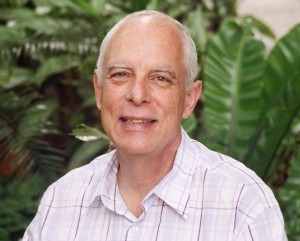
Howard Weinstein
Founder
Howard earned a Master’s degree in Business Administration at Syracuse University in the U.S., studying issues of consumer protection in particular, before working in various private companies, including his father’s plumbing company. A turning point in Howard’s life was the unexpectedly death of his ten-year-old daughter. One week later, Belanger Plumbing laid him off. Howard tried to bounce back from the professional loss by creating a new company, but the event had changed his conception of business and his role in it. He decided to work abroad in the field of development, and took a volunteer position with the World University Service of Canada to work at Camp Hill Community Trust, a community for disabled people in Botswana.
During his four years at Camp Hill, Howard implemented the startup company Godisa Technologies, where he employed persons with hearing and physical disabilities, primarily women, and trained them in job skills and also to increase their self-esteem and confidence through their work. Through Godisa, Howard produced three new products: A solar energy powered hearing aid, the Analogue solar charger, and the rechargeable battery. Howard was able to turn his attention to helping hearing-impaired people, starting with his employees, integrating them into society.
After four years in Botswana, Howard went to Brazil to replicate his business model and launch Solar Ear as a global hearing aid social business.
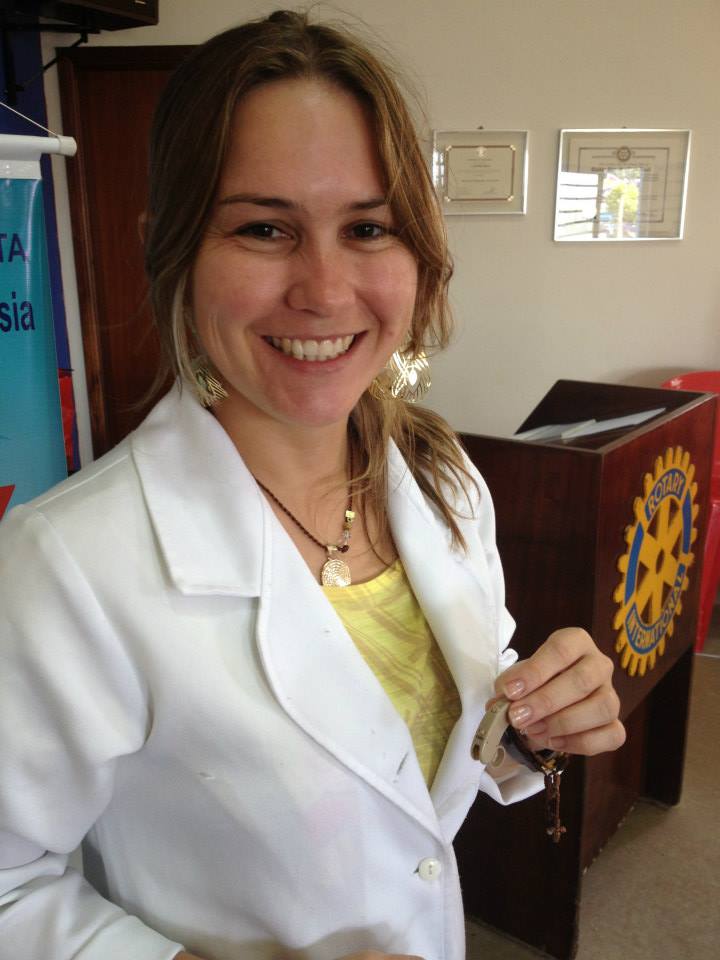
Cibelly Saboya
Audiologist
Cibelly is an audiologist who is responsible for training and for the hearing aids manufactured at Solar Ear Brazil.
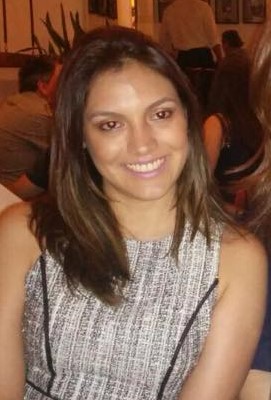
Raquel Nobre
Audiologist
Raquel is an audiologist who has a major in audiology at HRAC/USP and post graduation at PUC/SP.
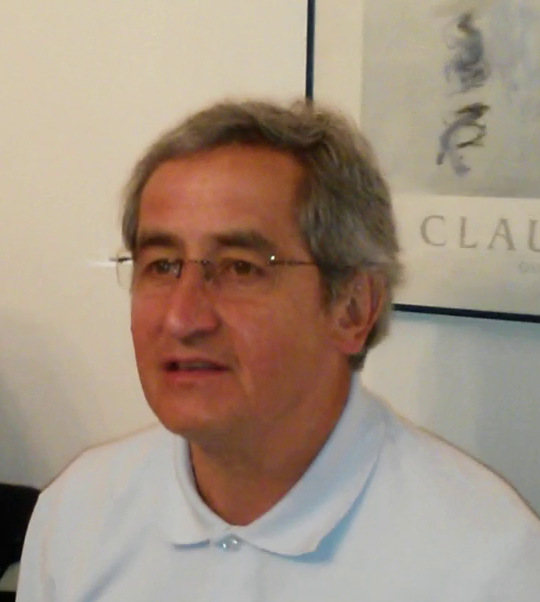
Gerardo Murillo
Technology Director
Gerardo Murillo has expertise in speech and hearing technology and is keen about frugal innovation solutions with cooperative development reuse for underserved populations. He holds engineering degrees in acoustics and in telecommunications, together with a Doctor-Engineer degree in speech production and perception. He has worked for public and private research laboratories and has a long work experience in the electronics industry in the field of audio. He recently completed a specialization in audiology at the medical school of Lyon-1 university, France.
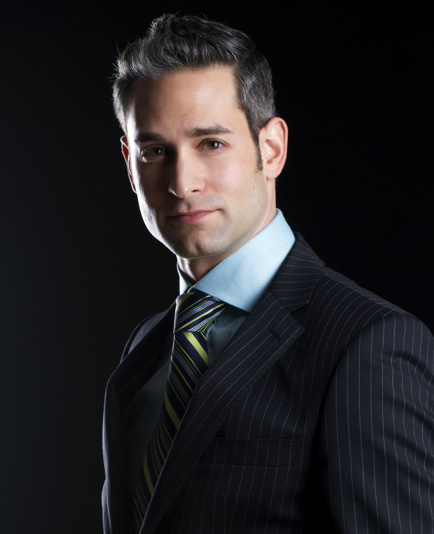
James Frank
Business Development
James Frank is a marketing and business development consultant. Early on in his career he began to specialize in developing strategies for technology companies to penetrate new untapped markets or redesign how existing markets are tackled. Over the past 15 years, James’s strategies have allowed organizations from startups to Fortune 500s to realize their emerging corporate goals. At Norsat, he built and implemented the military communications company’s penetration into the Asian market. While at Fujitsu, he defined and designed their entry into the retail mobility and social clienteling. A graduate of Concordia University’s commerce department, he holds a bachelor degree in Management Information Systems and a minor in Philosophy. James currently consults for several technology startups helping to hone their business models and bring their ideas to market.
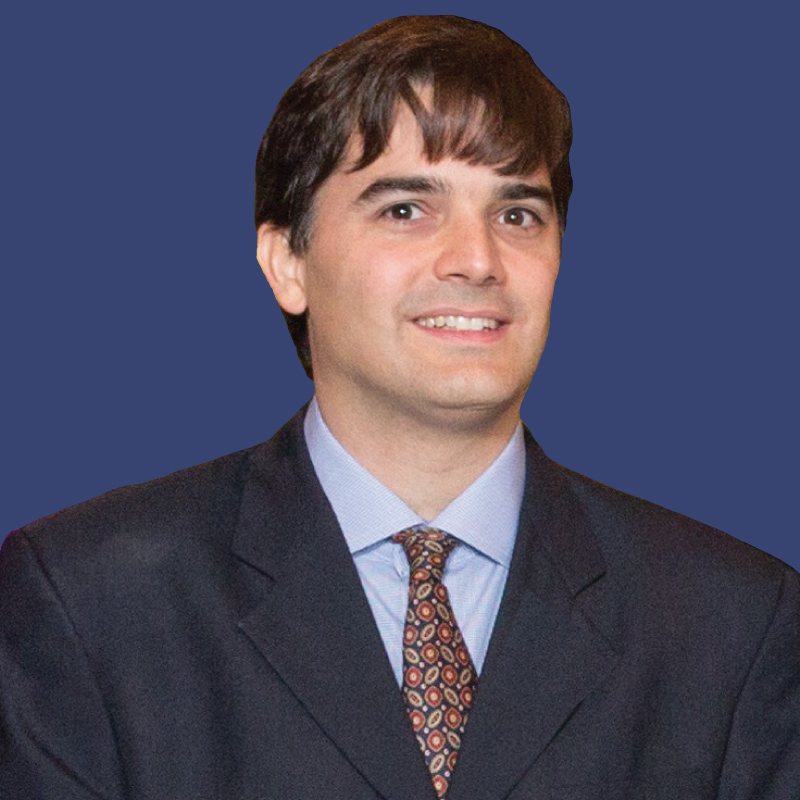
Antonio Pedro Alves
Marketing and Branding
Antonio Pedro is a marketing executive with 15+ years of extensive experience in marketing, branding, media, strategy, digital, innovation and startup. He has a broad knowledge on consumer goods, health and beauty and retail, having worked for big multinational companies, such as Newell Rubbermaid, Avon, Reckitt Benckiser and Walmart. Also, Antonio Pedro launched two startups designing its business plans and running them as CEO. A graduate of Business Administration at FGV and MBA in Marketing at USP, Antonio Pedro currently helps companies to succeed in the market with outstanding marketing and branding 360° plans.
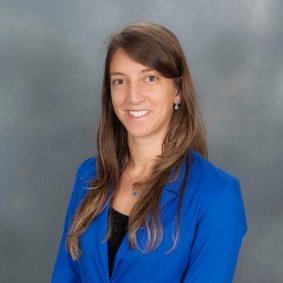
Romina Frazzetta
Digital and Social Media
Romina has deep knowledge and 10 years’ experience in marketing communications, including brand development actions, strategic planning and communication 360°. Proficiency in digital marketing, social media networks, adnetworks and programmatic media, retargeting tactics and experience in user experience interfaces and usability strategies. Expertise in integrated campaigns development across multiple touch points (online & offline). Romina is graduated at Universidad de San Andres in Argentina and has an MBA in Marketing at FGV.
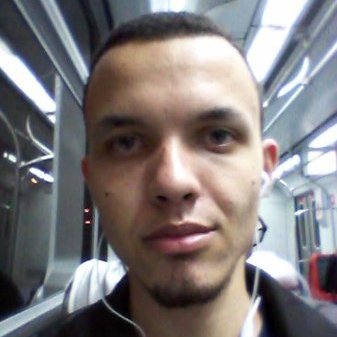
Rafael Estevam
Webdesigner
Rafael is web and graphic designer with extensive experience in the market. He has deep knowledge of creative and editing tools such as Adobe Photoshop, Adobe Illustrator, Adobe InDesign, Adobe Dreamweaver and Corel Draw, besides being an expert in HTML, CSS, Twitter Bootstrap, Foundation and WordPress. Rafael is graduated at Universidade Paulista as a graphic designer and runs his own webdesign company, Estevam Design.
